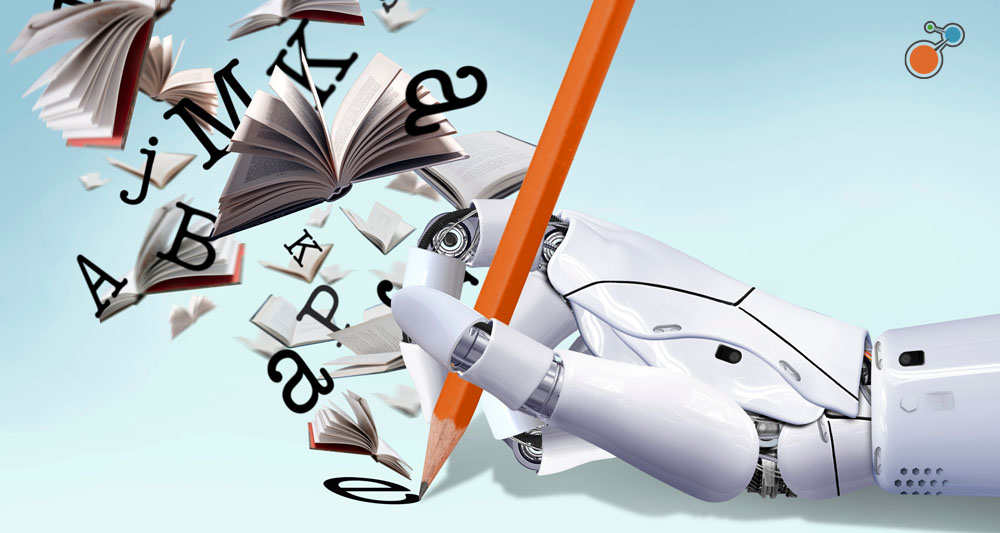Generative AI — like ChatGPT and Bard — is used by millions to create sales decks, draft emails, and even write jokes. While the possibilities for businesses to apply artificial intelligence to boost productivity – and profitability – seem endless, now is the time to institute AI risk management to put guardrails in place that will balance value with risks for this growth-intensive phenomenon.
Generative AI refers to powerful tools like GPT-4 and Amazon CodeWhisperer, as well as common applications like text predictions in email. It can create content, correct grammar, summarize information, and write code. Specialized AI tools are being used to diagnose diseases and discover new drugs. While artificial intelligence in some form has been around for years, today’s AI is readily available, requires no programming skills, and can perform multiple tasks simultaneously.
People can’t get enough of this shiny, new toy. ChatGPT alone gained more than one million active users in its first two months. For businesses, AI presents new opportunities for gaining a competitive advantage. It can automate, augment, and accelerate work processes. And it can expand your abilities and reach by reimagining how work gets done.
However, AI is not infallible. The news is full of accounts of chatbots going rogue, offering false information, random answers, and snide retorts to users. Alphabet — the parent company to Google — lost $100 billion in market value after its latest chatbot, Bard, shared inaccurate information during a promotional video.
AI risk management practices will help you thoughtfully embrace the promise of generative AI, while protecting your business from the dangers. And time is of the essence.
AI Risks to Watch Out For
Generative AI can expose you to a variety of risks – and for best results, you’ll want to manage them from the start. Here are five risks to watch out for:
- Bias. AI models are trained on data sets that may be skewed or not fully representative of the groups they serve – partially because they were developed by humans beings who have their own natural biases. The potential to perpetuate discrimination can have concerning large-scale implications. For example, a criminal justice algorithm being used in Florida was recently found to mislabel African American defendants as “high-risk” individuals twice as often as white defendants. There have also been instances of AI tools offering women lower credit-card limits than their husbands.
- Privacy. AI systems often gather sensitive information like IP addresses and browsing activities, which can potentially lead to the identification of individuals. If this data is mishandled or leaked in a data breach, the damage could be substantial. Also, the rise of deep-fake technology and its power to deceive adds another layer of concern. Deep fakes can create convincing images and voices of real people without their consent.
- Security. With AI-powered tools, criminals can refine their phishing emails, accelerate cyberattacks, and generate ever-more sophisticated malware. The consequences of these security breaches can be severe, resulting in compromised data, financial loss, and significant reputational damage.
- Intellectual property. AI tools are trained using vast amounts of data, which can include legally protected materials. Copyright, trademark, or patent infringement can occur when AI models generate content that uses protected materials without giving proper credit.
- Transparency. AI-produced content often can’t be explained. It can provide different answers to the same prompt. Additionally, AI-generated content does not cite sources, making it difficult to verify the accuracy and reliability of the information provided. AI models also have been known to hallucinate, generating content that appears plausible but is entirely fictional.
How to Mitigate AI Risks
Some organizations, like JPMorgan, prohibit the use of ChatGPT in the workplace, while others, like Amazon and Walmart, have urged staff to exercise caution while using AI. It is important to establish guardrails with AI risk management to weigh the value of AI tools against the possible risks.
To mitigate your risks, first identify the AI tools that best suit your needs and determine whether those are off-the-shelf applications or customized solutions, as those will have different risks. Establish clear usage restrictions, ethical boundaries, and guidelines. Also, make sure you:
- Understand where your data is coming from to minimize the potential for bias.
- Maintain compliance with regulatory requirements – especially surrounding data privacy and legally protected content.
- Prioritize cybersecurity measures with robust data privacy measures like data anonymization and encryption.
- Establish controls, monitor effectiveness, and adjust as necessary.
It’s easier and cheaper to implement these measures early on than it is to go back and make corrections later. And remember to regularly reevaluate the tools and applications you choose since the technology is changing so quickly.
Balance Risk and Value with AI Risk Management
AI has been used for years in risk management to efficiently handle claims, forecast fraud, and assess risks. However, today’s generative AI presents unprecedented challenges and opportunities. The evolving environment demands swift yet calculated action to strike a balance between risk and value.
To keep up with this dynamic environment, bring together all stakeholders to identify and prioritize AI use-cases in alignment with your overall risk tolerance —and make sure you have structures in place to mitigate excess exposure. Maximize the value of AI by ensuring fluid access to data sources across functions, and establish strong governance practices for transparent responsibility and accountability.
The latest AI tools hold an immense potential to transform your operations. While it may be tempting to quickly leverage this power, think before you act. Take a risk-forward approach to balance the need for agility with effective controls.
As the possibilities and implications of generative AI continue to unfold at breakneck speed, it is crucial to develop a deep understanding of the technology you are using. Look at the big picture, consider your priorities, and establish AI risk management guidelines to navigate the changing landscape and protect your business.
For more on uncovering risks that are hard to see, download our whitepaper, The Hunt for Hidden Risk, and check out Riskonnect’s ERM software solution.




